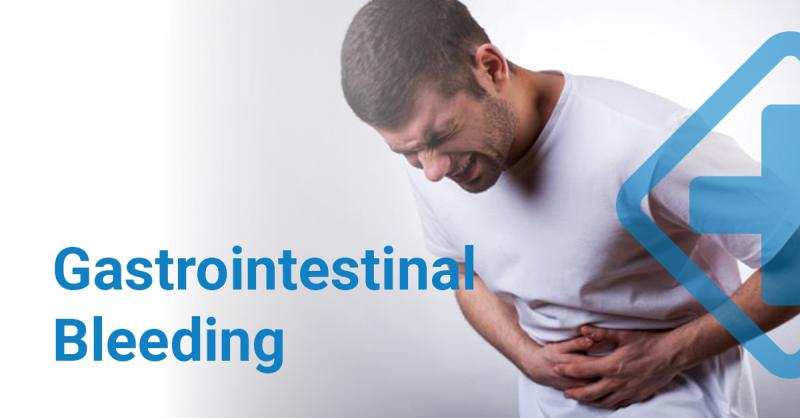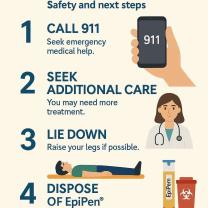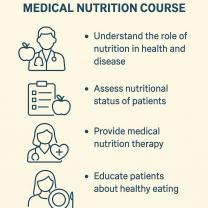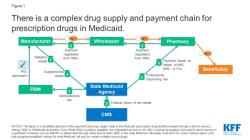How is GI bleeding treated?
The treatment of gastrointestinal (GI) bleeding depends on the cause and severity of the bleeding. GI bleeding can occur in different parts of the digestive tract, including the esophagus, stomach, small intestine, and colon. Here are some general approaches and strategies for treating GI bleeding:
1. Resuscitation and Supportive Care:
- Immediate Measures: In severe cases, initial treatment involves resuscitation with intravenous fluids and blood transfusions to stabilize the patient.
2. Identifying the Source:
- Endoscopy: Esophagogastroduodenoscopy (EGD) and colonoscopy are commonly used to visualize the upper and lower GI tract, respectively. This helps identify the source of bleeding and, in some cases, allows for therapeutic intervention during the procedure.
3. Medical Management:
- Acid Suppressants: Proton pump inhibitors (PPIs) or histamine-2 (H2) blockers may be prescribed to reduce gastric acid secretion and promote healing in cases of peptic ulcers.
- Antibiotics: If the bleeding is related to an infection (e.g., Helicobacter pylori), antibiotics may be prescribed.
4. Endoscopic Therapies:
- Injection Therapy: Epinephrine or sclerosing agents can be injected directly into the bleeding site during endoscopy to stop or slow down bleeding.
- Thermal Therapy: Techniques such as electrocoagulation or argon plasma coagulation may be used to cauterize bleeding vessels.
- Mechanical Therapy: Clips or bands may be applied to close off bleeding vessels.
5. Transcatheter Embolization:
- Interventional Radiology: In cases of severe bleeding, transcatheter embolization may be performed. This involves injecting substances into the blood vessels to block the blood supply to the bleeding site.
6. Surgery:
- Surgical Intervention: In cases where endoscopic or radiological interventions are unsuccessful, surgery may be required to control bleeding. This could involve removing a bleeding segment of the intestine, repairing an ulcer, or performing other surgical procedures.
7. Hemostatic Agents:
- Topical Agents: In certain situations, topical hemostatic agents may be applied directly to the bleeding site to promote clotting.
8. Correction of Coagulopathy:
- Blood Products: In cases of severe bleeding, the administration of blood products (platelets, fresh frozen plasma, clotting factors) may be necessary to correct coagulopathies.
9. Treatment for Underlying Conditions:
- Chronic Conditions: If the bleeding is related to chronic conditions (e.g., inflammatory bowel disease), appropriate medical management is initiated to control the underlying disease.
10. Monitoring and Follow-up:
- Post-Treatment Monitoring: Patients are closely monitored after treatment to assess for recurrence of bleeding and to ensure adequate healing.
- Follow-up Endoscopy: Follow-up endoscopy may be recommended to confirm the resolution of bleeding and assess the healing process.
11. Preventive Measures:
- Helicobacter pylori Eradication: If peptic ulcers are caused by H. pylori infection, eradication therapy may be prescribed to prevent recurrence.
- Esophageal Varices Management: For individuals with esophageal varices, preventive measures such as beta-blockers or variceal band ligation may be recommended.
The choice of treatment depends on factors such as the location and cause of the bleeding, the severity of the condition, and the overall health of the patient. Treatment decisions are typically made by a multidisciplinary team of healthcare professionals, including gastroenterologists, interventional radiologists, and surgeons. It's crucial to seek prompt medical attention for GI bleeding, as timely intervention can significantly improve outcomes.
Treatment for gastrointestinal (GI) bleeding depends on the severity and cause of the bleeding. The goal of treatment is to stop the bleeding and prevent complications.
Common Treatments for Gastrointestinal (GI) Bleeding
Fluid and electrolyte replacement: Intravenous fluids may be administered to replace lost fluids and electrolytes, especially if the bleeding is severe.
Blood transfusions: If there is significant blood loss, blood transfusions may be necessary to restore blood volume and oxygen-carrying capacity.
Medications: Various medications can be used to stop or control GI bleeding. These may include:
Proton pump inhibitors (PPIs): PPIs reduce stomach acid production, which can help heal ulcers and prevent further bleeding.
H2 blockers: H2 blockers also reduce stomach acid production but are less potent than PPIs.
Vasopressins: Vasopressins constrict blood vessels in the GI tract, reducing bleeding.
Tranexamic acid: Tranexamic acid inhibits the breakdown of fibrin, a protein involved in blood clotting, helping to control bleeding.
Treatment of Different Causes of GI Bleeding
The specific treatment approach depends on the underlying cause of the bleeding. Here are some examples:
Peptic ulcers: Peptic ulcers can be treated with PPIs and lifestyle modifications to reduce stomach acid production. In severe cases, endoscopic therapy or surgery may be necessary.
Esophageal varices: Esophageal varices are enlarged veins in the esophagus that can rupture and cause bleeding. Treatment includes medications to reduce portal vein pressure and endoscopic banding to control bleeding.
Diverticulosis: Diverticulosis is a condition where pouches form in the lining of the colon. Bleeding from diverticulosis is usually treated with rest, high-fiber diet, and antispasmodic medications. In severe cases, surgery may be necessary.
Angioectasia: Angioectasias are abnormal blood vessels in the gastrointestinal tract that can cause bleeding. Treatment involves cauterizing or removing the angioectasias during endoscopy.
Surgical and Non-Surgical Interventions for GI Bleeding
Depending on the severity and cause of the bleeding, both surgical and non-surgical interventions may be employed:
Endoscopic therapy: Endoscopic therapy involves using an endoscope, a thin tube with a camera and light, to visualize and treat bleeding lesions. Techniques include cauterization, clipping, and injection of medications.
Surgery: Surgery may be necessary for severe bleeding that cannot be controlled by endoscopic therapy or for conditions that require surgical repair, such as perforation of the digestive tract.
Angiography: Angiography involves injecting a contrast dye into blood vessels to visualize the bleeding site and guide treatment. Embolization, a procedure that blocks blood flow to the bleeding site, may be used to control bleeding.
Balloon tamponade: Balloon tamponade involves inserting a balloon-tipped catheter into the esophagus or stomach to apply pressure and control bleeding.
Sclerotherapy: Sclerotherapy involves injecting a sclerosing agent into the bleeding vessels to cause them to scar and close.
The choice of treatment depends on various factors, including the patient's overall health, the location and severity of the bleeding, and the underlying cause.













